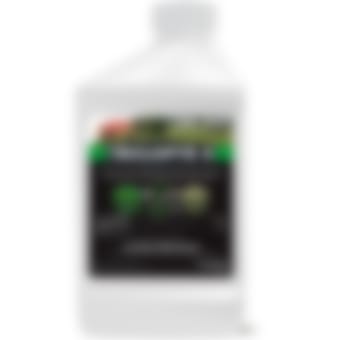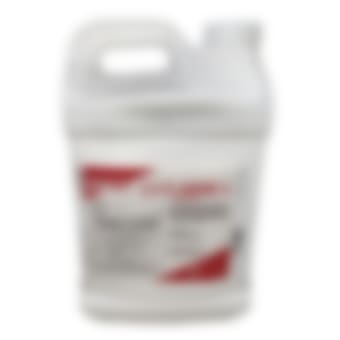Selective Herbicides

Selective Herbicides
These type of herbicides kill certain types of weeds, grasses, sedges and other plants without harming others. There are many different types of selective herbicides and you can use our filtering option to help you narrow down your selection.
How to use our filtering option
Step 1. Determine what kind of weed are you trying to eliminate.
These weeds are generally broader than grassy weeds and have the main vein that divides the leaf in half and then have other veins branching out from there. Broadleaf weeds tend to be very distinguishable from each other and will often bear colorful flowers that vary in shape and size. Compared to grassy weeds, these weeds can be much easier to prevent and control.
Examples of broadleaf weeds:
These weeds tend to have narrow, long leaves with parallel running veins compared to the netlike pattern that broadleafs create. They do not bear colorful flowers and the leaves are very similar and hard to distinguish from each other. Seed heads are one of the best ways to tell the difference between these types of weeds
Examples of grassy weeds:
Step 2. Determine what kind of grass or foliage you have.
Knowing what kind of grass you have is very important when using selective herbicides. Select your grass below to see which herbicides are safe for your lawn.
- Bahia
- Bent
- Bermuda
- Buffalo
- Centipede
- Fescue
- Kentucky Bluegrass
- Rye
- Seashore Paspalum
- St. Augustine
- Zoysia
If you have a grass that is not listed above, please contact us to help determine which herbicide is right for your lawn.
Step 3. Choose your target weed type and what kind of grass you have
Example: If you are trying to kill Crabgrass and you have St. Augustine, you would choose grassy weeds and then St. Augustine



















